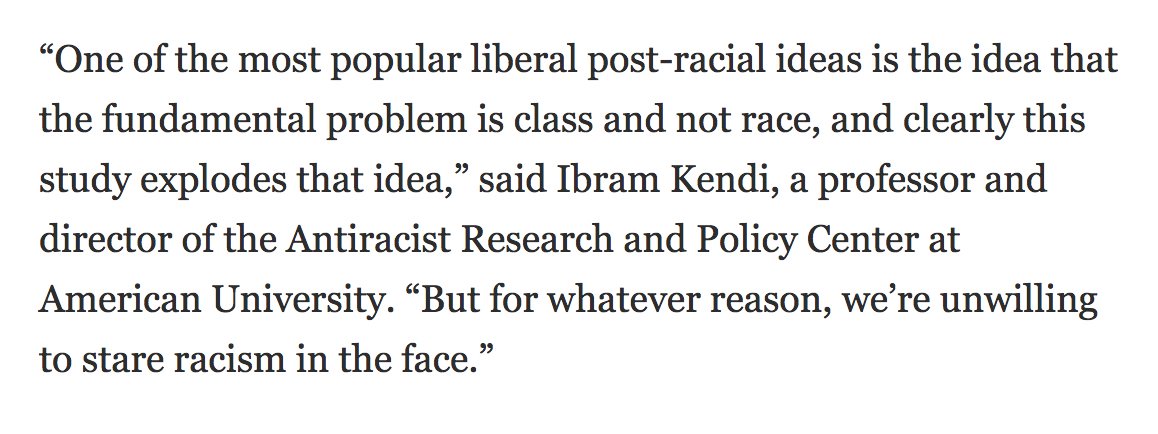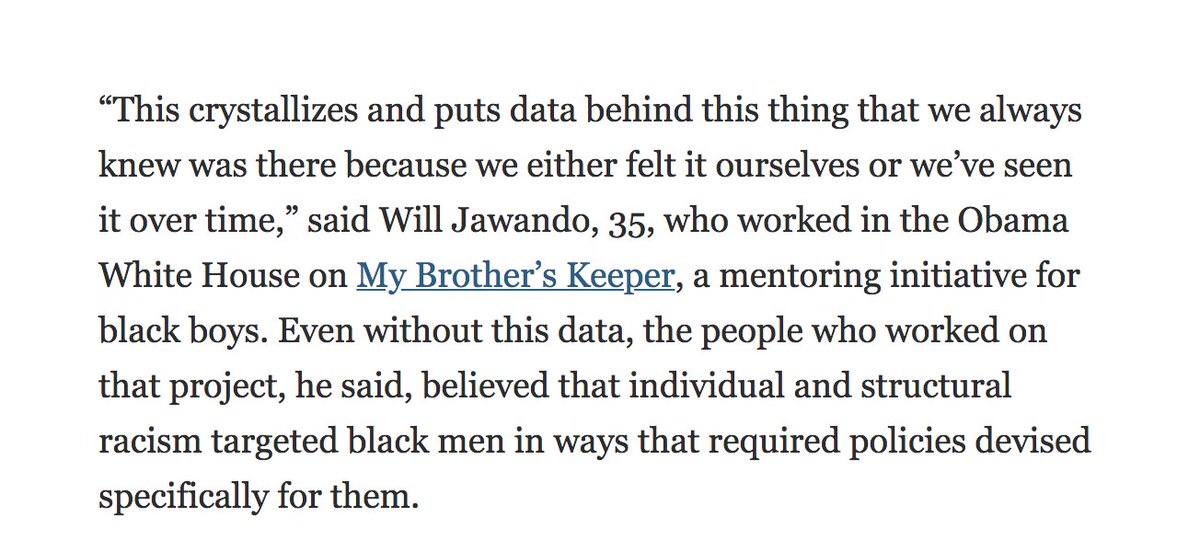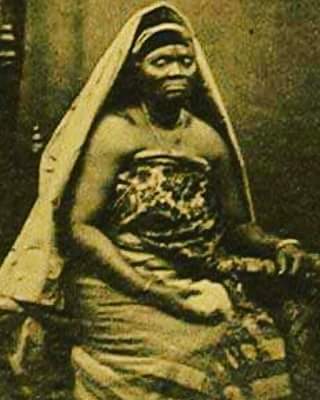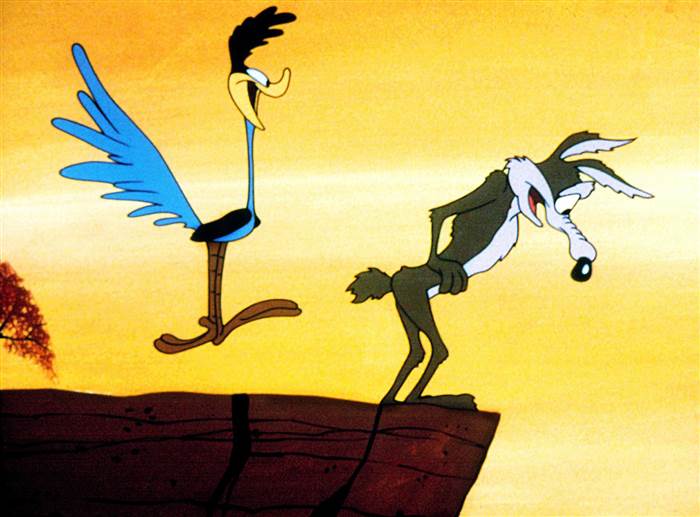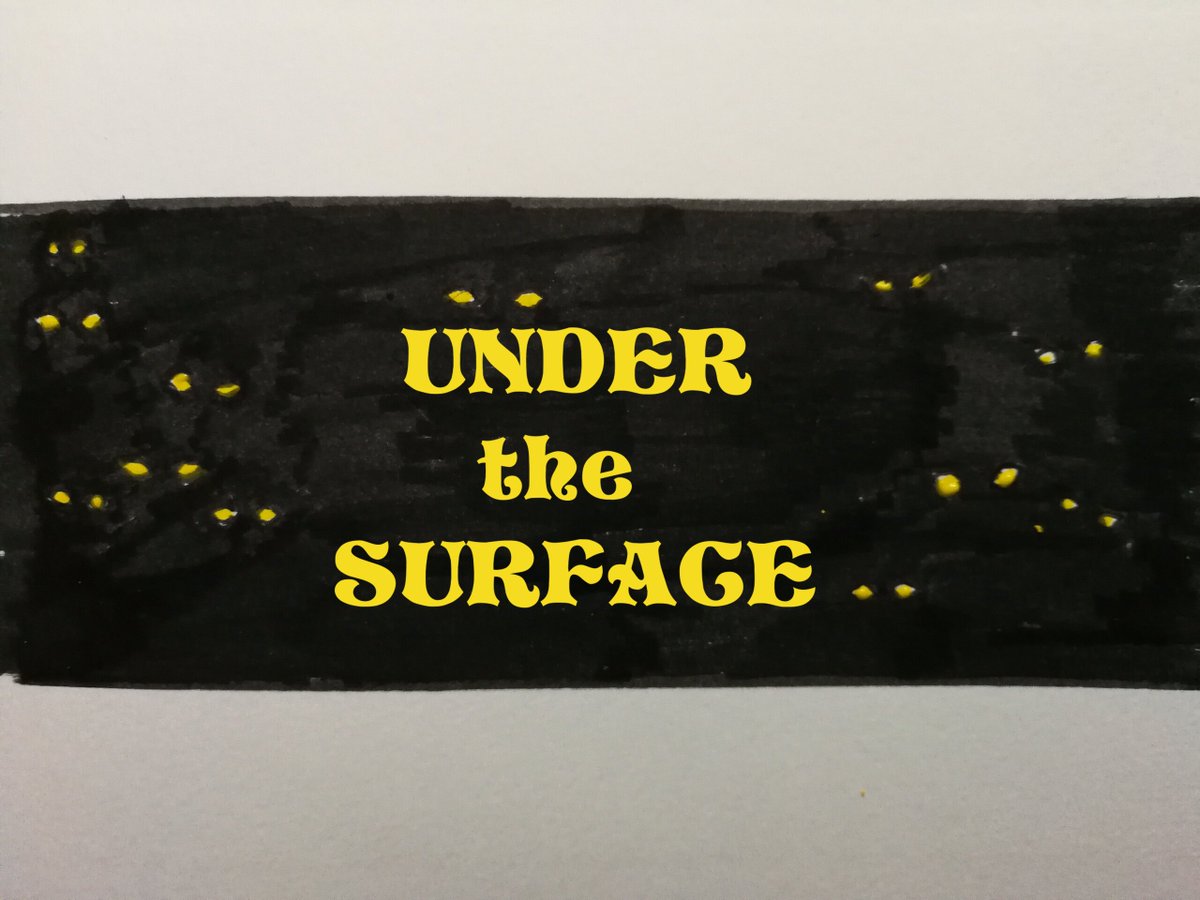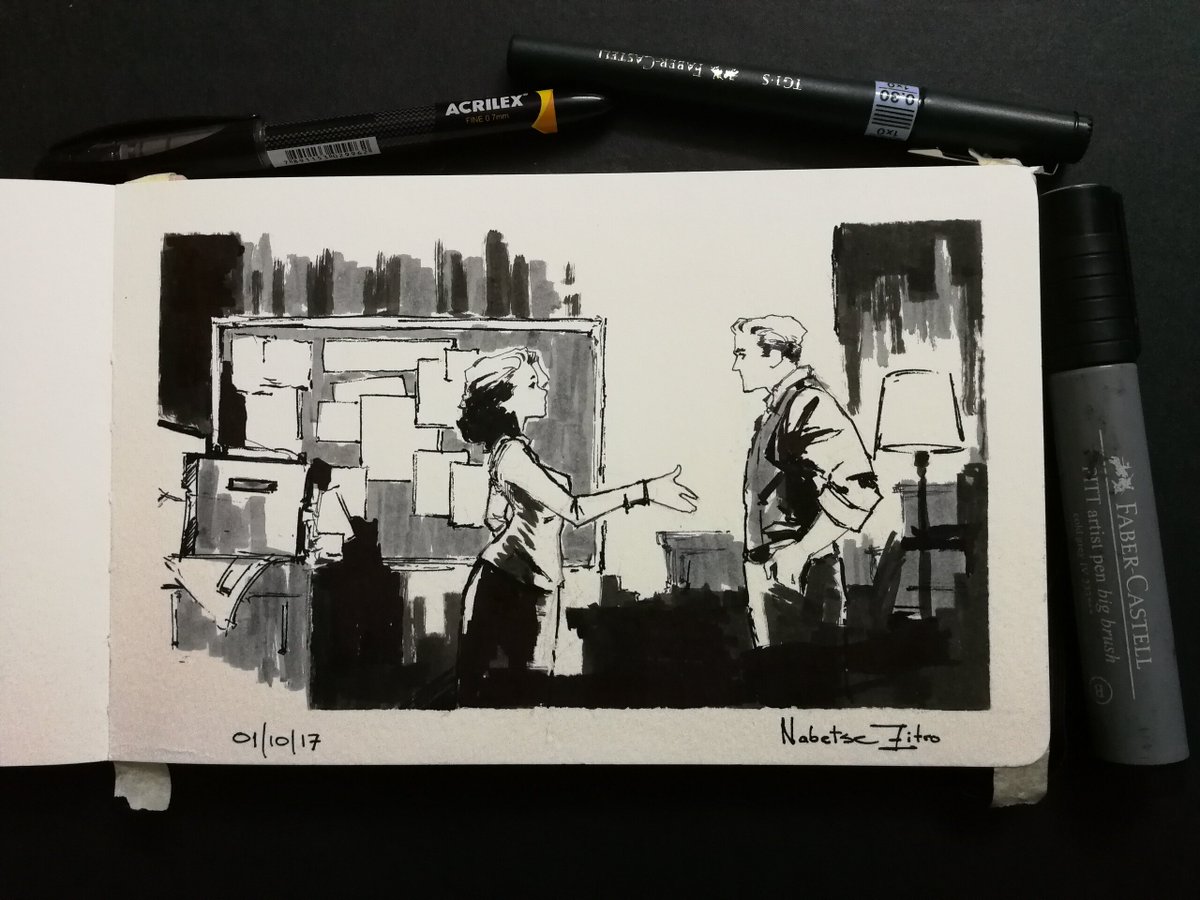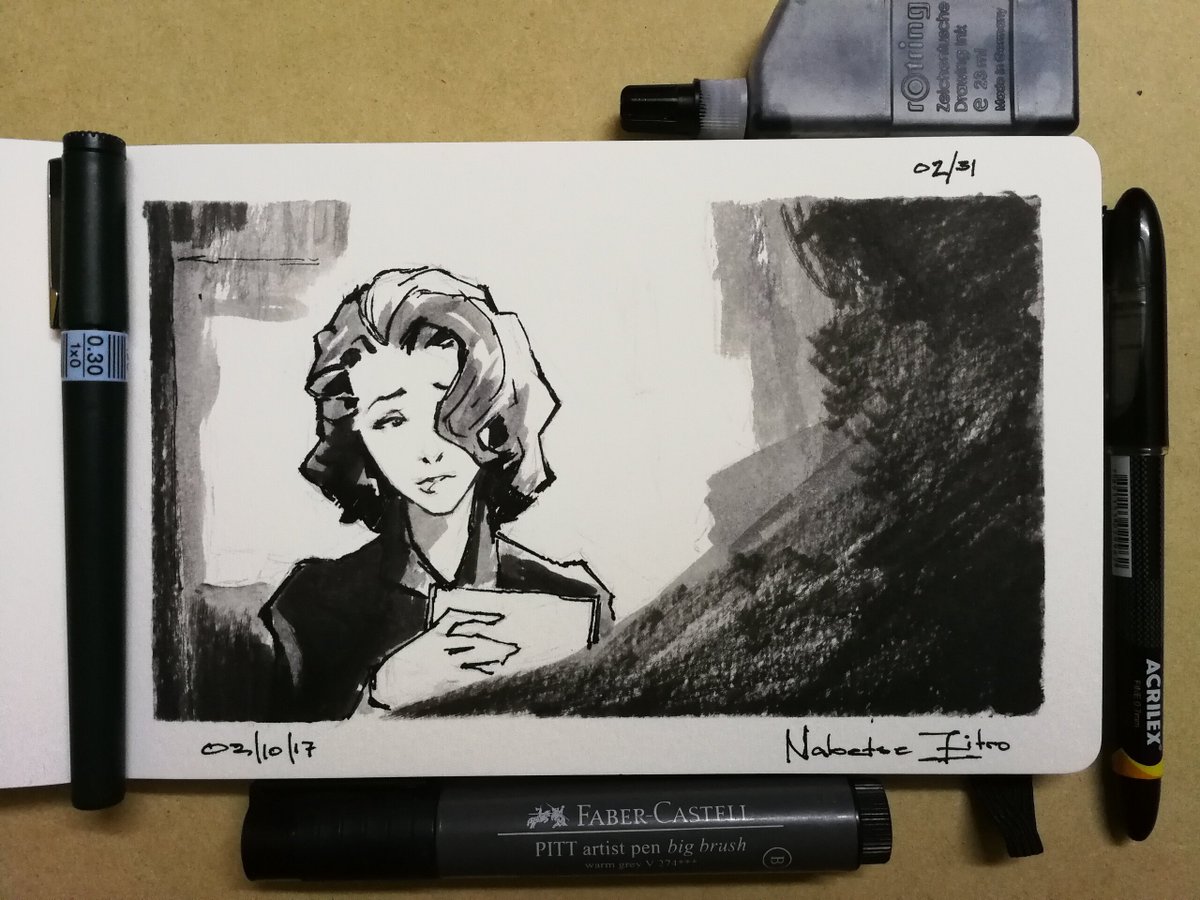1. Shifting of capital city and royal treasure across the Khyber along with a new king taking charge.
So, what happened? Capital city changed, and along with it the king. Because the power base
1 Gurjara Pratiharas under Mihirabhoja and Mahendrapala
2. Shahis under Lalliya
4. Utpala Dynasty of Kashmir under Avantivarman and Sankaravarman
5. Muslim Turks
Alakhana, Mihirabhoja and Lalliya generally formed a block against the Kashmir. With Lalliya holding two sides of Khyber, Turks weren't a problem yet.
1. There's a dynastic change in Kashmir with Avantivarman forming the Utpala Dynasty.
2. An angered Lalliya sided Mihirabhoja when he advanced upon Kashmir
3. Avantivarman bought the loyalty of Daradas by marrying his son and successor Sankaravarman
4. Sankaravarman turned out to be a tougher nut to crack. Immediately on coming to throne, he launched a Digvijaya. Alakhana was attacked and Takka Desa(Central Punjab)
While Nuruddin Muhammad Ufi writes that Kamlu, the Rai of Hindustan clashed with Amr-ibn-Lais(died 900), Kalhana mentions that Gopalavarman(902-904) deposed a rebellious Shahi and installed Toramana, the son of Lalliya on the throne.
Two kings in succession using the same name Samantadeva created much trouble in Shahi epigraphy. He can be anyone -
1. Sankaravarman installed his own on Shahi throne. He became the Samanta of Kashmir.
2. A scion of the erstwhile line whom Lalliya toppled.
Two eras exist over his accession - 921 and 923. The first may be in Udabhandapura and the second in Kabul. Bhimadeva is an aggressive king, making considerable advances even inside Afghanistan itself.
1. There is a rebellion in Shahi territory and Didda sent an army to crush the rebellion in 961-962. It is possible that the rebel Thakkana is a son of Bhimadeva himself - Mahmud of Ghazni was helped by a Shahi prince Sabli who guarded
2. Bhimadeva's successor Jayapaladeva was attacked by Sabuktegin when Alptegin(died 963) was the ruler.
This need of help from Kashmir can only mean invasion or succession trouble and no invasion during Bhimadeva's reign is known.
Not much is known of the relation between Bhimadeva and Jayapala. Going by the fact that there is a succession dispute after Bhimadeva, he can be anyone, most probably his son. But, Rajatarangini staying completely silent over him and his son Anandapala is
Till Jayapaladeva guarded the passes from Kabul, everyone was ready to test his luck against Jayapaladeva, siding Sabuktegin. But when the passes are breached and an imperialistic Mahmud started attacking and annexing these small entities.
Back to Mahmud. Mahmud is not of the kind to reciprocate the goodwill of Anadapala and on the other side,
Anandapala's death gave another opportunity for Mahmud to attack the Shahis, probably because Trilochanapala stopped paying the tribute. Trilochanapala anticipated it and asked Kashmir for help. Tunga marched forth, but coming to know Mahmud isn't able
Shahis created a new problem for the Ganga belt. Trilochanapala's power is without a kingdom but his power is not broken. Trilochanapala started to form a new kingdom - by 1015, he established
Al Beruni said
"The Hindu Shahi dynasty is now extinct, and of the whole house there is no longer the slightest remnant in existence. We must say that, in all their grandeur, they never
Kalhana
That Empire of the Shahis, with those ministers, the sovereign, and his entourage-whether it ever had an existence or not is what the people now wonder
Bhimapala, the hero of the Battle of Margalla Pass isn't considered to be an aggressive king may be because he understood his strength and fully knowing that there is no middle ground in the fight with Muslims.
Rudrapala was a confidant of Ananta, king of Kashmir and married Asamati, the daughter of Induchandra, Lord of Jalandhara, probably, Kangra. Using this relationship, Ananta later married a younger daughter of Induchandra.
*FINIS*















